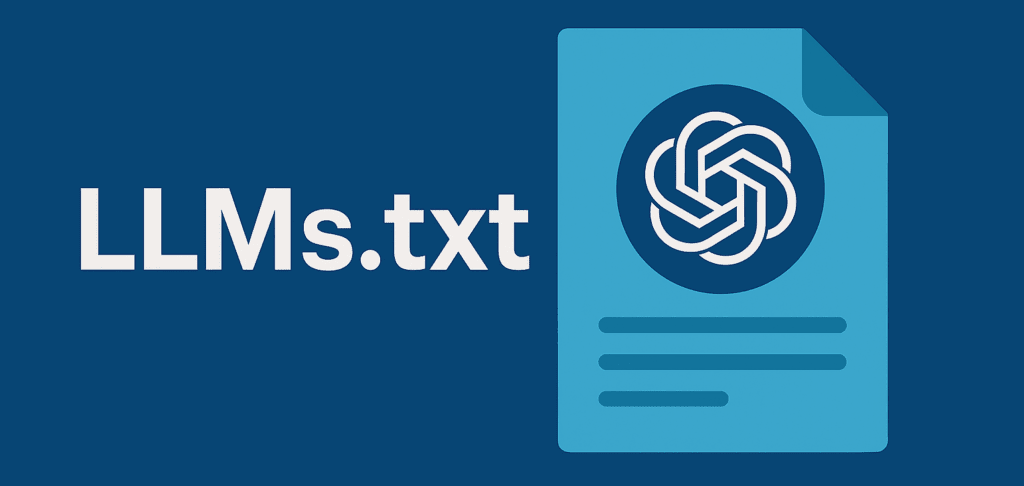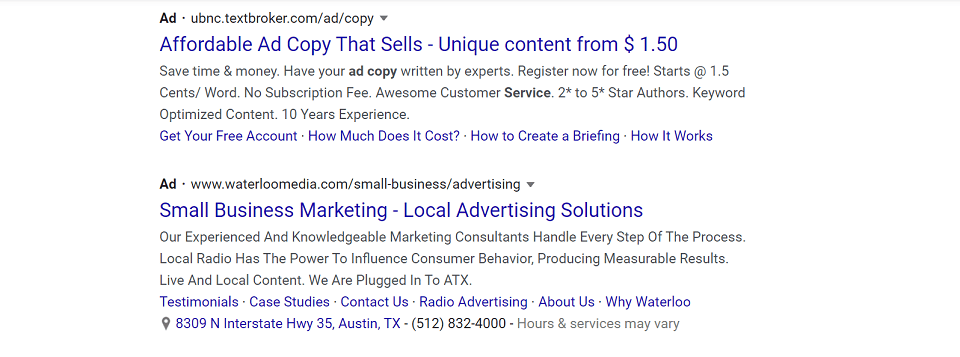As AI adoption accelerates, website owners are starting to look for ways to control how their content is used by large language models (LLMs).
One of the latest proposals in this area is llms.txt.
This is a plain text file you can place on your domain to declare how your content should be treated during AI training.
But what does it really do? And what doesn’t it do?
Let’s clear it up.
What Is LLMs.txt For?
LLMs.txt is designed to help LLM developers (like OpenAI, Google, Meta, and others) identify whether your website gives them permission to use your content for training or fine-tuning their models.
It’s modeled after robots.txt in structure and simplicity. But it has a completely different role.
Instead of controlling crawling or indexing, it provides a signal of consent (or refusal) for LLMs to include specific content in future model training datasets.
In short, llms.txt is about data governance and licensing transparency. It is NOT about performance or traffic.
What LLMs.txt Does Not Do
It’s important for you to understand that LLMs.txt does not:
- Influence whether your content appears in ChatGPT, Perplexity, or other AI tools that use Retrieval-Augmented Generation (RAG)
- Affect your visibility in Google AI Overviews or Search Generative Experience (SGE)
- Prevent crawlers or bots from accessing your content (that’s still the job of
robots.txt) - Remove your content from models that have already been trained
- Improve or reduce your chances of ranking in AI-driven results
If you’re trying to improve visibility in AI answers, llms.txt won’t help.
That’s the job of Answer Engine Optimization (AEO) and Generative Engine Optimization.
So Why Use It?
Even though it doesn’t affect visibility or traffic, LLMs.txt still plays an important role in the evolving AI ecosystem.
Use it if you want to:
- Make your stance on AI training use clear and public
- Align with future regulatory or industry standards
- Declare copyright boundaries around how LLMs can reuse your content
In other words, it is a statement of rights, not a performance lever.
Not all LLMs have agreed to comply just yet.
So in a way, it’s still aspirational but a great concept nonetheless.
The Bottom Line
LLMs.txt is more of a transparency tool for AI companies, as opposed to a visibility tool for marketers.
If your goal is to show up in AI-generated answers, what you really need AI discovery optimization.
Focus on structuring your content clearly, aligning to user intent, and building authority through AEO and GEO best practices.
If your goal is to control how LLMs use your content in future training sets, LLMs.txt is worth implementing.
Just know the difference so you can spend your time and effort where it actually moves the needle.
Tommy Landry
Latest posts by Tommy Landry (see all)
- B2B SEO in 2025: Winning Visibility in AI-Curated Buyer Journeys - December 16, 2025
- Local SEO Meets AEO and GEO: How AI Platforms Read Local Authority Signals - December 9, 2025
- What Is an SEO Proposal and What Should It Include? - December 2, 2025





